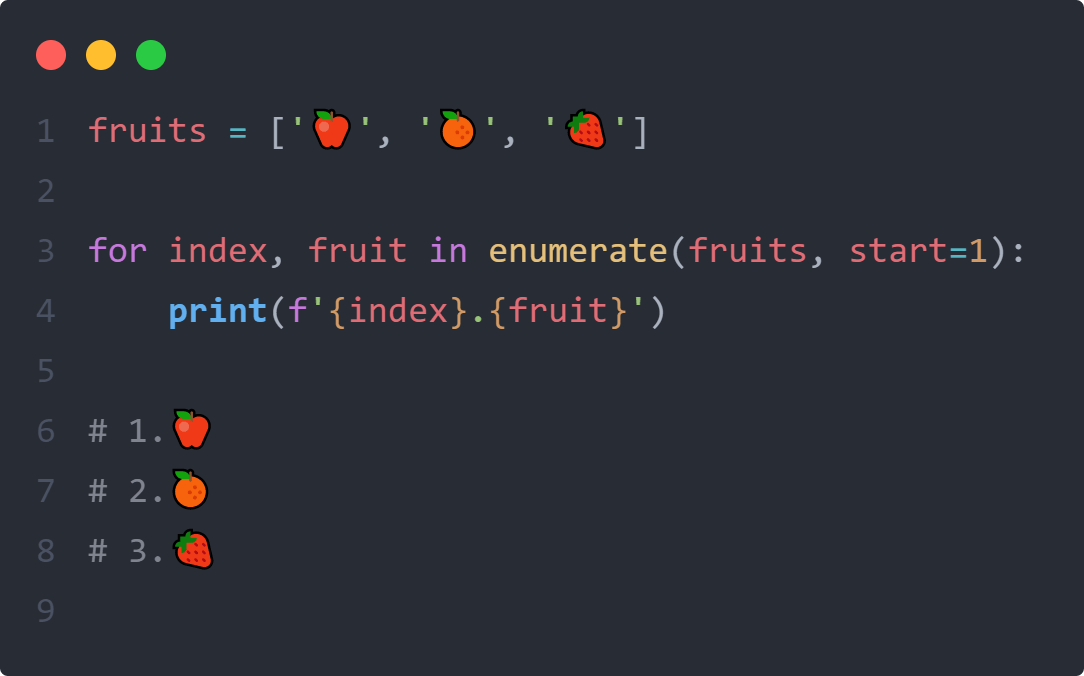

Using rostopic echo to check if the topic is publishing and at the end checking rostopic info to get our issue.

We will follow a process of viewing the RQT graph and knowing which topics are responsible for the problem. This video will include deliberate incorrect functionality of a few topics to help understand the technique of debugging. At the end of this video, the viewer will be able to set up Rviz (i.e adding sensors like Lidar, Camera, etc for visualization), saving the configuration and spawning saved configuration next time.ĭebugging video (Rostopic echo, Rostopic info, RQT_graph). In this video, we will add a few other sensors and publish their data on Rviz. Setting up Rviz (Showing different sensor output ). This will enable viewers to test communication and will get flaws in the simulation if there is an issue in ROS. Similar to a scenario of Thief and Cops :)
WEBOTS TUTORIAL PYTHON MANUAL
In this video, we will control one robot with a Keyboard and make another robot run away from the manual robot. Master(Publisher) Slave(Subscriber) robots with ROS2. So basically this will be an obstacle avoidance node with interactive messages being published. In this video, we will subscribe to sensor readings of distance sensors and stop the robot if it is about to collide. Get feedback from robot with ROS2 Subscriber. We can implement an example of controlling robot motion by publishing keyboard output to a topic which can then be used by ROS services for motion in Webots.
WEBOTS TUTORIAL PYTHON HOW TO
Learning how to publish messages using ROS2 publishers to Webots. Secondly, showing stepwise tutorials to call services and enable sensor topic for readings and actuators for motion.Ĭontrol custom robot with ROS2 Publisher. Teaching basics of ROS service explaining the difference between services in ROS and ROS2. Using ROS2 services to interact with Webots. This will also include basic theories of communication between ROS2 and Webots. Some examples of Webots ROS2 will be used to engage the viewers in understanding what wonders can be done if we use ROS2 with Webots for simulation.
WEBOTS TUTORIAL PYTHON CODE
Secondly, it will also include setting up of ROS workspace on VS code and functionality of basic tabs in VS code. This includes command wise installation of ROS2 and the basics of its working. ROS 2 installation and setting-up a repository in Visual Studio Code. This video series will also give good theoretical explanations of several vital concepts in the field of robotics. Goal:īy the end of this series, viewers will be able to make basic ROS2 nodes and interact with Webots as well as gain the confidence to work on advanced projects in mobile robots. This video tutorial series will enable new users to get the best possible start with Webots and provides the viewers with clear step-by-step solutions to achieve specific simulations. Project summary Open source organization: Webots Technical writer: Soft illusion Channel Project name: Video Tutorials series for Webots (Integration with ROS2) Project length: Standard length (3 months) Project description Learnings: This page contains the details of a technical writing project accepted for


 0 kommentar(er)
0 kommentar(er)
